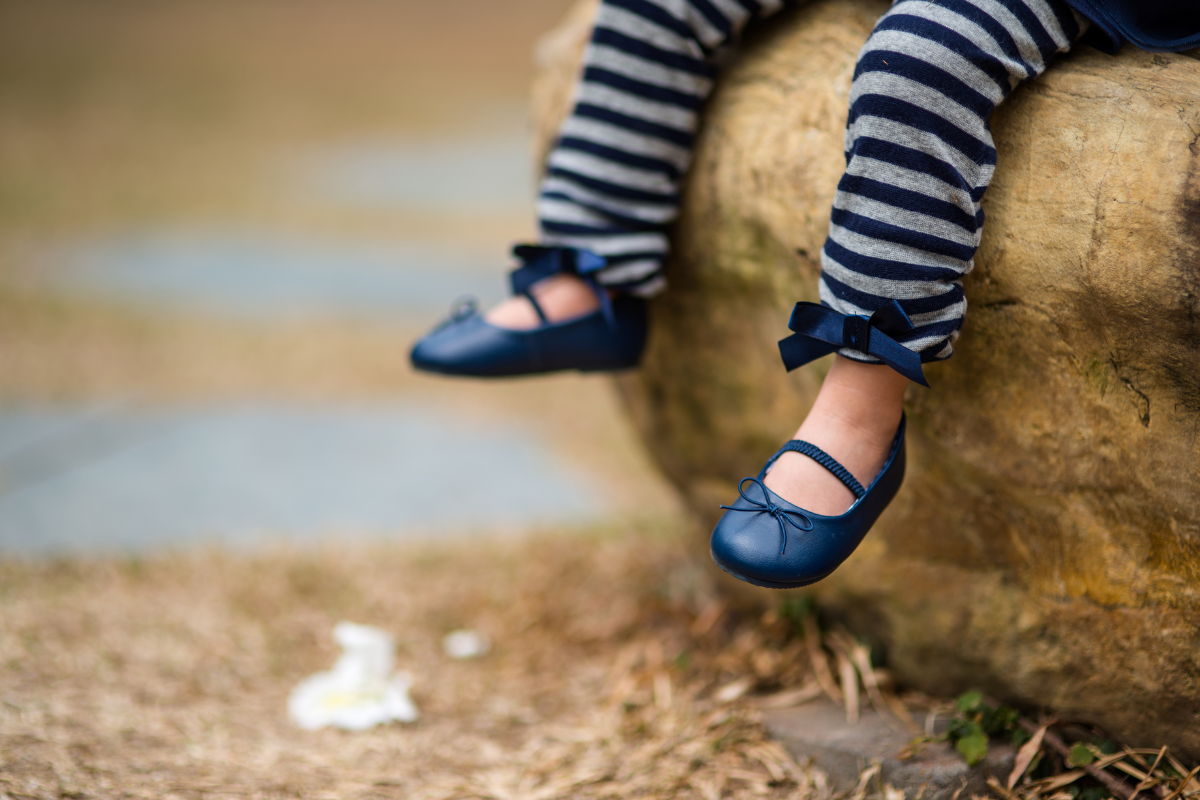I remember the short walk from my middle school to my bat mitzvah tutor’s house. I loved it because I didn’t have to take the bus home. I remember the peanut butter TastyKakes she’d always have out, wrapped in plastic with their impossibly soft cake and chocolate peanut butter coating. I’d eat two, and then drink a small glass of milk.
Thursday afternoons at Lisa’s were filled with TastyKakes, reflection and Hebrew chanting. I learned my haftarah, a selection from the Book of Prophets. Despite years of Hebrew school, mastering the haftarah required serious crunch time studying. No vowels!
Between sessions I’d use the voice recording Lisa gave me to practice; I’d start it and stop it after only a few words, trying to find the nuanced melody in my own voice. Her voice was beautiful; mine was high-pitched and inexperienced. As for the English portion of my bat mitzvah preparation, I’d stay up late writing my dvar Torah, a “talk” given on the weekly Torah portion. Mine was about mental illness; I shared the story of my great-grandmother, Mary, for whom I’m named. My grandmother missed a lifetime with her mother. My mother helped me write it.
So when my first daughter was born, I wondered what preparing for her bat mitzvah might look like. It arrived much sooner than it should have, though, and required no synagogue coordination. In fact, Havi was only 18 months old when we celebrated her bat mitzvah. We used 13 weeks, instead of 13 years, as our holy transitional moment.
It was the thirteenth week that passed after we learned that Havi would die of Tay-Sachs disease long before she’d reach 13. Though my husband, Matt, and I underwent pre-conception genetic testing before Havi was born, a physician ordered the wrong test, so Matt’s carrier status was wrongly reported as negative. We did not know that before Havi was born. Instead, we gave birth to a beautiful, seemingly healthy baby girl on September 4, 2018 (two years to the day of our wedding anniversary).
On December 17, 2019, we learned that Havi had Tay-Sachs disease. And on March 13, 2020, we celebrated her bat mitzvah.
I could barely breathe at the time of her diagnosis, couldn’t do much more than put one foot in front of the other. Matt and I centered our lives on existing. We learned to live right on the edge between the physical world and the unknown just beyond it. To celebrate and engage Havi’s precious presence in the physical world, we transformed Friday night Shabbats into weekly birthday parties that would replace the yearly ones she would never have. We call them Shabbirthdays, and we still celebrate them every week.
When Havi’s 13th Shabbirthday rolled around, we celebrated her bat mitzvah at her grandparents’ house in California, quite literally breaking new ground.
To cross a threshold requires intention setting. The Latin root of intention is “tendere,” to stretch. As an athlete, I accepted the need to stretch before exercise, but never really appreciated its power to strengthen and sustain me. Now, I needed emotional stretching in a way I had never known.
To prepare for my daughter’s bat mitzvah while she was a dying toddler stretched my mind and heart beyond this material world. It required an emotional creativity and a profound faith in the healing power of ritual. I had to trust that even though every aspect of Havi’s bat mitzvah was “wrong,” in the end, it was still “right” to experience it.
My parents reached out to our family’s rabbi who offered us a Torah message for Havi’s special day. I first read the rabbi’s note with Havi napping next to me. I cried as I peered down at her.
“Havi — Your Bat Mitzvah Torah portion is Ki Tisa, which means, ‘When You Lift, or when You Count.’ The Parashah is about the equal portion – the half-shekel that each Israelite was asked to contribute in the wilderness to create the Miskhan, the holy traveling sanctuary. Creating the Mishkan was a community effort, holy work that was done together!
The Mishkan held holiness, and in order to create holiness, each person was asked to contribute both an equal share and also something special and unique from his/her/or their own heart. And when each person contributed in both of these ways, then, like the title of the Torah portion, ‘Ki Tisa,’ says – each person’s soul was ‘lifted up’ and each person ‘counted — one just as much as the other!
Havi – You are a Mishkan, a source of holiness. You radiate light with your smile and your giggles. You receive and offer love, and you lift up others with the purity of your Neshama, your pure, sweet soul! You count in this world, dear Havi Lev!”
After Havi woke up from her nap, I brought her outside to soak up a sunny, blue-sky day. With her legs wrapped around my waist, I broke out into a spontaneous version of Young MC’s “bust a move.” With every “just bust a move,” Havi erupted in laughter.
No friends. No DJ. No dresses. No buffet.
It was tragic. And yet there was beauty, too. I danced with my daughter. And she laughed in my arms. We moved from the dance floor to the kitchen. Matt made French toast with homemade challah from Havi’s aunt, Maggie. And we admired the tree of life that Havi’s Uncle Jacob and Aunt Erin hand-made for her — leaves of photographs of everyone who loves her. We tucked Havi into her rocker after a full celebration.
I don’t know yet what it’s like to have a child experience a bar or bat mitzvah in a developmentally appropriate way. I imagine, and desperately hope, it is closer to weekly TastyKakes, voice recordings and late night essay writing than the one we had to intuit for and with Havi. I also imagine and desperately hope that somewhere beyond this physical world, Havi’s essence is spiritually satiated; that she knows how much she truly counts. That she knows her beautiful embrace keeps me warm and tethered to this earth.
And maybe that’s the point of these rituals: to pause and be with each other’s unique strengths and frailties; to learn from them and be comforted by them and ultimately feel less separated from them.
I remember standing on the bima in my suburban Philadelphia synagogue looking out at both of my grandmothers, one of whom would die only months after my bat mitzvah, and thinking, “I wish I could have more time with them.”
And now, here I am, looking at only a photograph of my first-born daughter, who was just 2 years, 4 months, and 16 days when she took her last breath on this earth, and I am wishing for so much more time.
In the absence of more time, I hope for as much presence as possible. When we are fully present, our energies extend well beyond the physical realm into a realm that we can’t see or touch but one that moves us through life in a compassionate and courageous way. Havi taught me that.
Read more about Havi’s life in Myra’s new memoir, “Fifty-Seven Fridays: Losing Our Daughter, Finding Our Way.”








